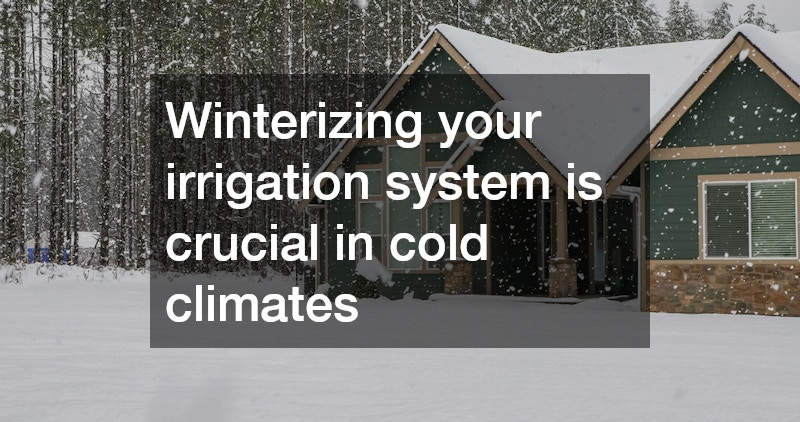Proper irrigation is not just about watering your lawn but doing so in a way that maximizes water absorption, minimizes wastage, and supports the vibrant, lush growth of grass. Whether you manually water your lawn or use an automated system, understanding the fundamentals of irrigation maintenance can prevent common problems such as uneven growth, disease, or inefficient water use.
What Is the Best Irrigation Schedule for Lawn Health?
Creating an optimal irrigation schedule depends greatly on the type of grass, soil condition, and local climate. Typically, it’s advised to water your lawn early in the morning when temperatures and wind speeds are lower.
This timing reduces evaporation and water waste. Most lawns benefit from about one to 1.5 inches of water per week, whether from rain or irrigation, which can be divided into two or three watering sessions.
It’s crucial to adjust watering based on seasonal needs. During hot, dry periods, lawns might need additional water, whereas cooler, moist seasons may require less. Soil type also influences irrigation practices; for instance, clay soils retain moisture longer than sandy soils, which drain quickly and might require more frequent watering. Using a programmable irrigation system with a rain sensor can optimize watering schedules and conserve water effectively, especially when paired with regular irrigation maintenance to keep the system running efficiently.
To assess if your lawn has received enough water, check the soil moisture to a depth of about six inches after watering. Adjust your schedule according to these observations and use a rain gauge to help monitor the amount of water your lawn is receiving naturally, reducing unnecessary watering and conserving water resources.
How Can You Identify and Fix Common Irrigation System Issues?
Over time, irrigation systems can suffer from various issues such as blocked sprinkler heads, leaks, or programming errors in the timing controls. Regular checks as part of routine irrigation maintenance can help catch these issues early. For example, inspect the system for visible signs of leakage or damaged components like sprinkler heads and hoses, ideally at the start of the season and monthly thereafter.
If a sprinkler head isn’t functioning correctly, it might need cleaning or replacing. Check for debris blocking the nozzle, which is a common issue that impedes water flow. Leaks in the system can be less obvious but lead to significant water loss and uneven lawn watering. These leaks are often indicated by unusually wet areas or soft spots in the ground. Repairing leaks promptly conserves water and ensures even distribution across your lawn.
Lastly, make sure the timer or controller is set up according to your current irrigation needs, adjusting for changes in weather or daylight savings. Misprogramming can lead to under- or over-watering, which is inefficient and harmful to lawn health. It’s also a good practice to install rain or soil moisture sensors that halt irrigation during rain, helping to prevent over-watering and contributing to significant water savings.
What Are the Best Maintenance Practices to Extend the Life of Your Irrigation System?
To extend the lifespan and efficiency of your irrigation system, establish a routine irrigation maintenance schedule. This plan should include regular inspections for wear and tear, cleaning filters and nozzles, and adjusting sprinkler heads to ensure proper coverage. At the start of the watering season, run the system through all its zones manually to check for any irregularities or problems.
Winterizing your irrigation system is crucial in cold climates to prevent freezing and cracking. This typically involves expelling all water from the system using compressed air or draining it before the first freeze. It’s also an opportune time to replace or repair any worn components.
Upgrading your system can also be beneficial. Technologies in irrigation are continually advancing, offering more efficient water use and broader customization options. Consider investing in a smart irrigation controller that adjusts watering schedules based on weather conditions, or installing low-volume dripline systems, which are excellent for targeted watering with minimal loss to evaporation and runoff.
A proper watering schedule, routine system checks, and following established irrigation maintenance practices can significantly enhance the health and appearance of your lawn while conserving water. Irrigation maintenance is not a one-time task but an ongoing commitment that pays off with a healthier lawn and more efficient water use.
By regularly inspecting your system, adjusting schedules with the seasons, and promptly fixing any issues, you ensure your irrigation setup operates at peak performance year-round. This ongoing care not only saves water and money but also protects your investment in your home’s landscape, creating a vibrant outdoor space you can enjoy for years to come.



